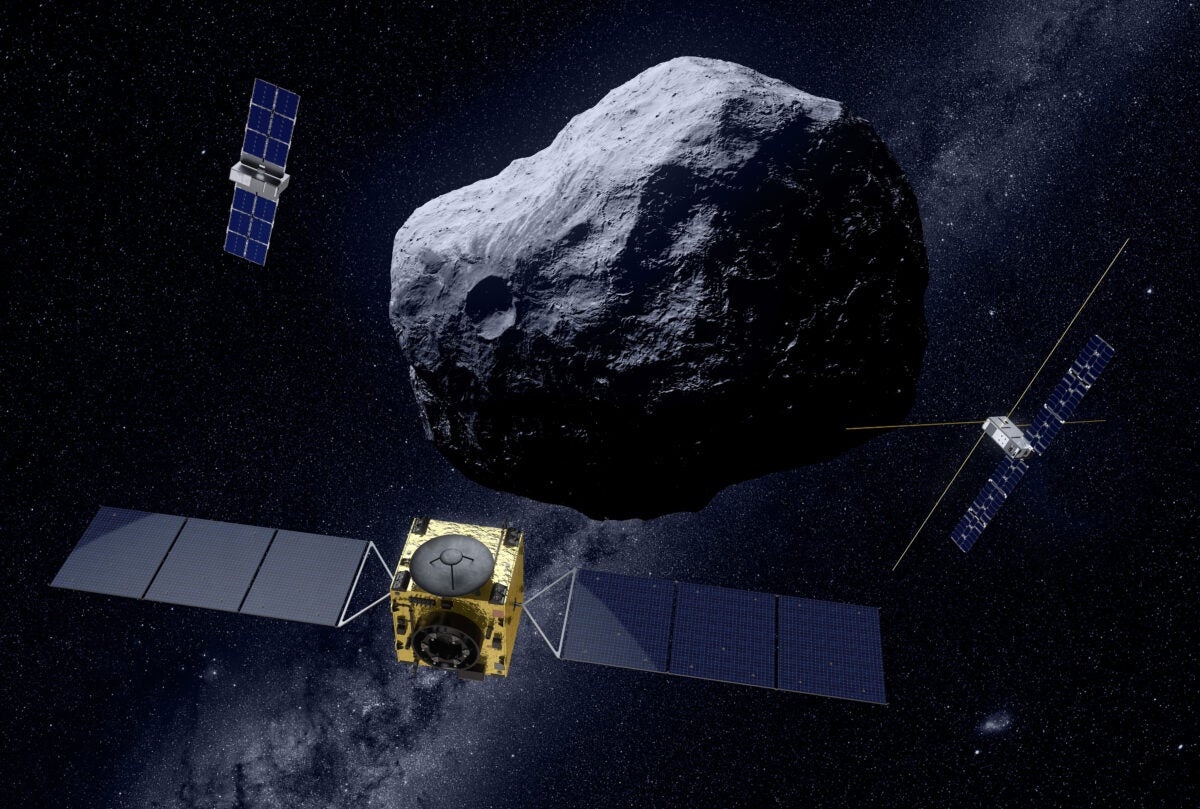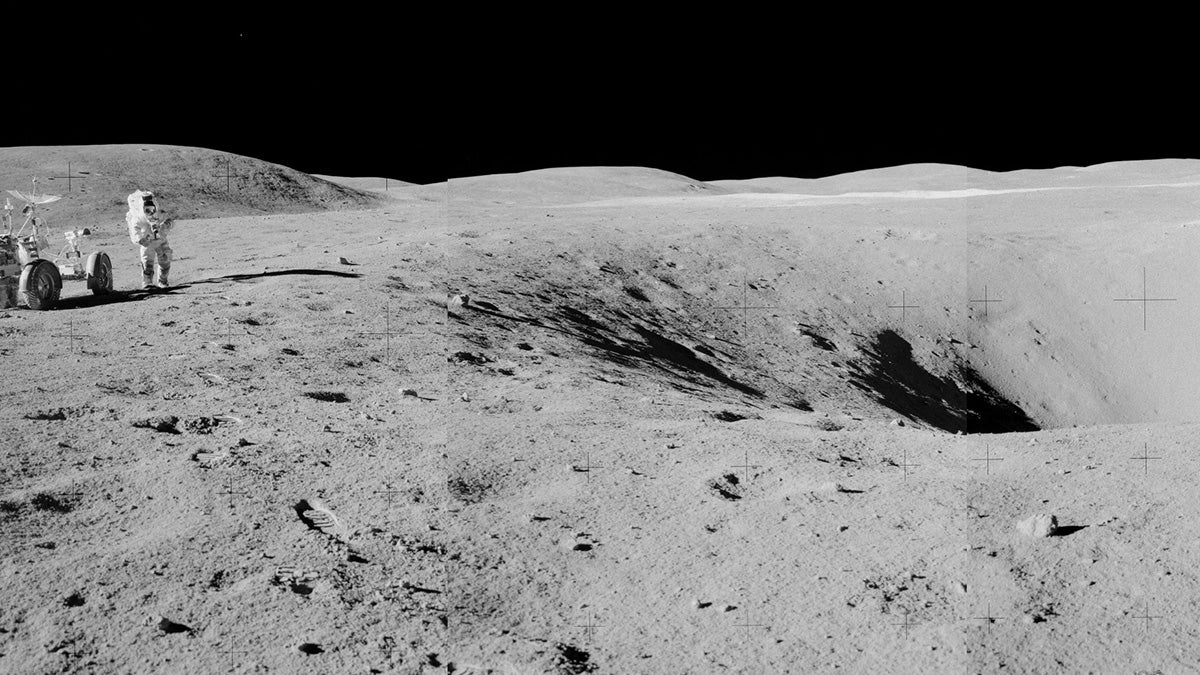The surface of Venus, the brightest object in the sky after the Sun and Moon, is covered with craters, mountains, volcanos, and lava plains.

Credit: NASA.
Size: Venus is about 7,521 miles (12,104 kilometers) in diameter.
Distance from the Sun: The second planet from our star has an average distance from the Sun of 67 million miles (108 million km).
Orbit around the Sun: It takes 225 Earth days for Venus to go around the Sun one time.
Rotation: Venus spins on its axis once every 243 Earth days, but it spins in the opposite direction of Earth. On Venus, the Sun rises in the west and sets in the east.
Surface: The surface of Venus is covered with craters, mountains, volcanoes, and lava plains. Maxwell Montes is the highest point on Venus. It is more than 7 miles (11 km) high.
Atmosphere: Possessing sulfuric acid clouds, the atmosphere of Venus is mostly carbon dioxide (96 percent), nitrogen (3.5 percent), and carbon monoxide, argon, sulfur dioxide, and water vapor (all less than 1 percent). The atmosphere is so thick and heavy that it bends light, making the ground appear to curve upward in all directions. The planet’s atmosphere is ninety times heavier than Earth’s.
Temperature: Venus’s surface temperature can get close to 900° F (482° C), hot enough to melt lead. This makes Venus the hottest place in the solar system after the Sun.
Escape velocity: To escape Venus’s gravity, you have to travel 23,300 miles (37,500 km) per hour, compared to 25,000 miles (40,200 km) per hour necessary to escape Earth’s gravity.
Other information: After the Sun and Moon, Venus is the brightest object in the sky. Because its thick clouds reflect most of the light Venus gets from the Sun, the planet looks like a very bright star in the morning (just before sunrise) or evening (just after sunset) sky.
Sometimes called Earth’s sister planet, Venus is slightly smaller than Earth. It’s also our closest neighbor, approaching within 25 million miles (40 million km).
In Roman mythology, Venus was identified with the goddess of love and beauty, Aphrodite. To the ancient Mayans, Venus was the patron planet of warfare called Kukulcan, or the feathered serpent.
You can get more facts on the planets in our solar system in each of the articles linked to below:



